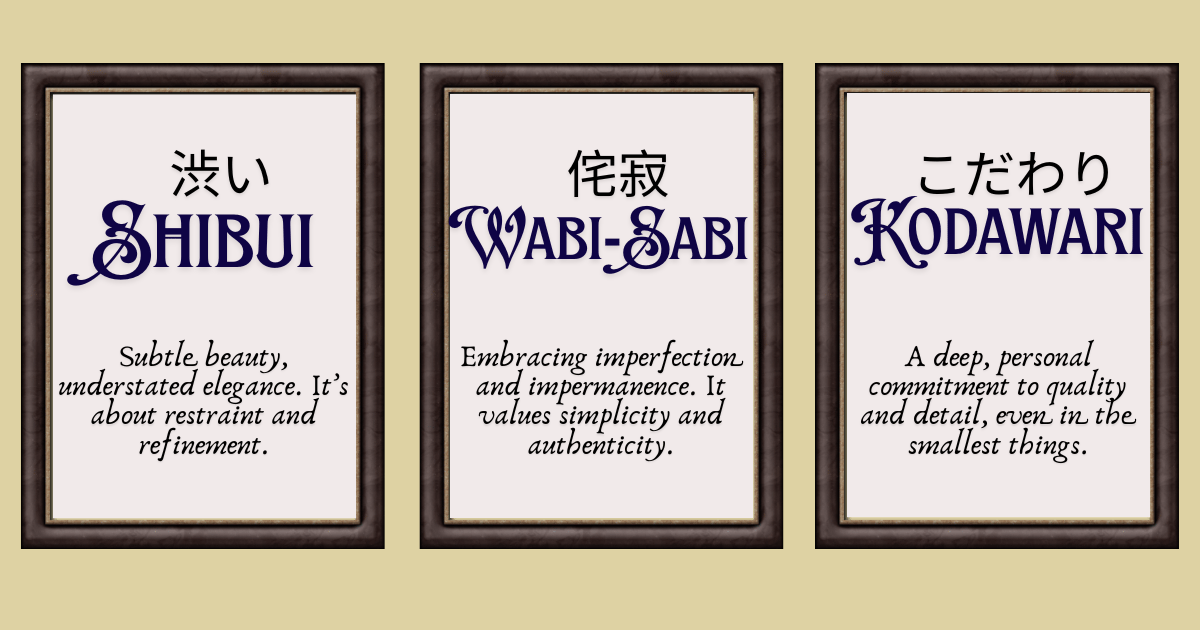
Last week, we examined how different cultures create expansive spatial experiences within compact spaces through the use of transition sequences, flexibility, and flow.
Today, we dive deeper into "Ma", the Japanese concept of space. It refers to the creation of intentional pauses to make everything else matter more. Here's what you'll learn:
How intentional emptiness transforms cramped spaces into sanctuaries of calm.
Why Shibui's understated elegance has more impact than bold statements.
How Wabi-Sabi finds beauty in the imperfect corners of your home.
The role of Kodawari in crafting meaningful spaces.
Practical ways to embrace "Ma" without sacrificing function.
Let's dive in!
Want to Go Deeper? Start Here!
Dezeen: Hong Kong's Imperfect Residence - NC Design & Architecture applied naturally flawed materials throughout this Hong Kong apartment designed with wabi-sabi philosophy.
ArchDaily: Inside the Japanese Style Room - A Deep dive into the washitsu (traditional multipurpose room) and its modern relevance.
Design Pataki: Wabi-Sabi Penthouse in Chennai - A 4,500-sq-ft apartment that demonstrates both Wabi-Sabi and Shibui principles.
Bocadolobo: Wabi-Sabi Studio Apartment - A small, cosy studio in Casablanca that combines different rooms in one space with rustic Japanese style.
ICYMI
The Psychology of Small Spaces - The prequel to this issue, where we consider the psychology of experiential design in small spaces. We also examine how different cultures employ intentional design strategies to shape their spatial experiences.
The big idea: Understanding Ma: The Japanese Concept of Space
Here's something that might sound counterintuitive: the most powerful element in your small space might be what's not there.
Ma isn't just a blank - it's an intentional pause between elements.
Think of a space that felt calming the moment you entered. It likely had plenty of breathing room between its decor items. Your eyes had places to rest, and your mind could process each item without competing for attention.
This concept is fundamentally different from Western minimalism, which often feels clinical and detached. Ma is about relational spaciousness in design, allowing each object in the space to breathe.
